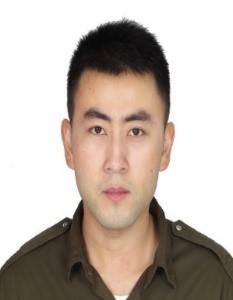
Prof. Yang Yang
Professor of Optical Science and Engineering, Zhejiang University
https://kaust.zoom.us/j/99977669476
ABSTRACT: In this seminar, I will first briefly introduce the backgrounds of X-ray detection and metal-halide materials, then give a few examples of why metal-halide-based scintillators and semiconductors are very promising candidates for indirect and direct X-ray imagers. Those examples cover several lead-free metal halides scintillators materials, featuring with negligible self-absorption loss and high X-ray light yield. One the basis of those emerging materials, static, dynamic and computed- Tomography (CT) X-ray imaging are demonstrated in our group. Finally,I will also briefly discuss the anisotropic X-ray detector based on low-dimensional perovskite or metal halide semiconductors.
Refences:
BIOGRAPHY: Yang Yang obtained his bachelor's degree in electrical engineering from Zhejiang University in 2009, and his Ph.D. in materials science from UCLA in 2015 under the supervision of Prof. Yang Yang.(杨阳, same English spelling, but different in Chinese)Since December 2015, he has been employed as a tenure-track assistant professor in the state Key Laboratory of modern optical instrumentation of Zhejiang University, and he was promoted to a professor with tenure in December 2021. Yang is mainly engaged in the research of optoelectronic devices based on emerging materials such as perovskite and organic semiconductors, with a recent focus on large-area solar cells and x-ray imagers. His recent works on X-ray detectors have been published in some leading journals including Nature Photonics and Nature Materials. From 2016, Yang served as Chief scientist of Hangzhou Micorquanta Semiconductor Inc. (co-founded by a KAUST alumnus), commercializing perovskite optoelectronic devices.